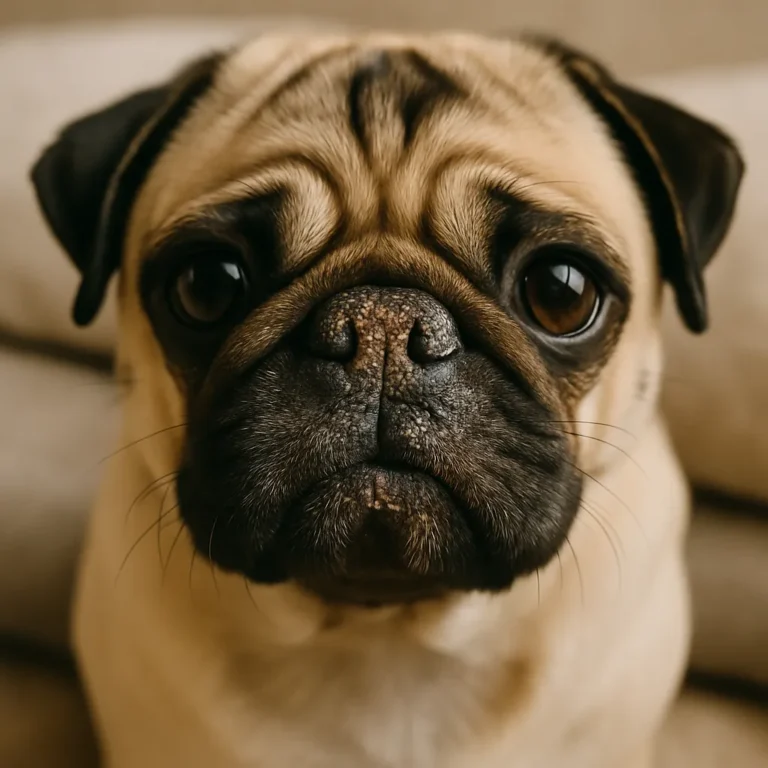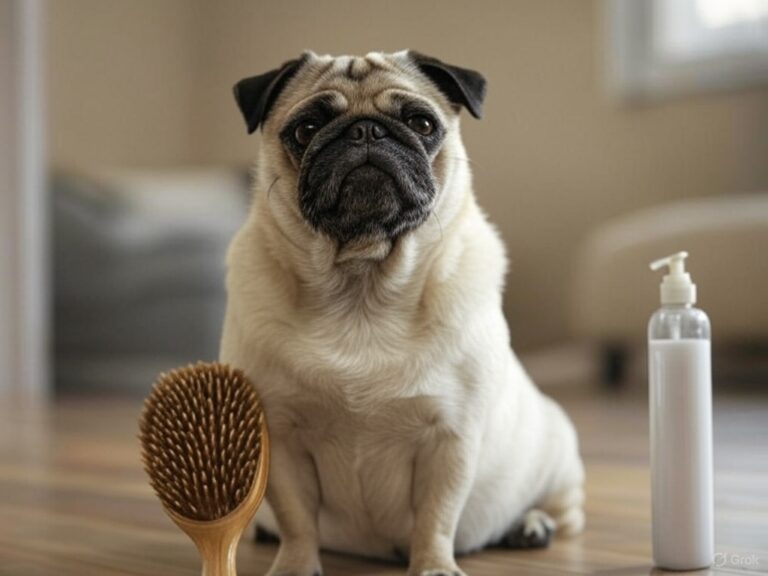How to Take Care of a Pug: Essential Tips for a Happy, Healthy Companion

Pugs are adorable, affectionate, and full of personality, but they require specific care to stay healthy and happy. Their unique build, facial features, and temperament mean they thrive best with tailored care. Whether you’re a first-time pug owner or looking to improve your furry friend’s lifestyle, this guide will help you understand the key aspects of pug care.
Understanding Your Pug’s Needs
Pugs are small, sturdy dogs with distinctive flat faces and curled tails. While they’re generally friendly and adaptable, they are prone to certain health issues and require consistent care.
Feeding Your Pug: Nutrition Essentials
Pugs love food — sometimes a little too much. Maintaining a healthy diet is crucial to preventing obesity and related issues.
- Portion Control: Because pugs are small and tend to gain weight, feed your pug carefully measured portions.
- Balanced Diet: Choose high-quality dog food rich in protein and essential nutrients. Avoid foods high in fillers and artificial additives.
- Avoid Overfeeding: Pugs have expressive eyes that seem to beg for treats but resist the temptation to overindulge them.
Grooming Your Pug: Keeping That Coat Clean
Pugs are notorious shedders, so regular grooming is key.
- Brushing: Brush your pug at least twice a week to manage shedding and maintain a clean coat.
- Bathing: Monthly baths help remove dirt and reduce odors. Be sure to use a gentle dog shampoo suitable for sensitive skin.
- Wrinkle Care: Clean their facial wrinkles regularly to prevent infections. Use a damp cloth followed by drying to avoid moisture buildup.
Exercise for Pugs: Balancing Activity and Rest
Pugs may have bursts of energy, but they’re not marathon runners.
- Daily Walks: Regular, moderate walks keep your pug fit and stimulated.
- Indoor Play: Pugs enjoy interactive toys that engage their minds and encourage movement.
- Avoid Overexertion: Pugs’ flat faces make them prone to breathing issues, so avoid intense exercise in hot or humid conditions.
Health Care: Staying on Top of Common Issues
Pugs are susceptible to certain health concerns, so preventive care is vital.
- Routine Vet Visits: Regular check-ups ensure early detection of issues like breathing problems, hip dysplasia, and eye conditions.
- Vaccinations & Parasite Control: Keep your pug up-to-date on its vaccines and ensure it’s protected from fleas, ticks, and heartworms.
- Dental Care: Brush their teeth regularly and provide dental chews to prevent gum disease.
Creating a Comfortable Home Environment
Pugs love cozy spaces and thrive in comfortable environments.
- Temperature Control: Pugs struggle with extreme temperatures due to their short snouts. Ensure they stay cool in summer and warm in winter.
- Safe Space: Provide a cozy bed in a quiet spot where your pug can relax and sleep undisturbed.
Training Your Pug: Building Good Behavior
Pugs are eager to please but can be stubborn. Positive reinforcement is key.
- Consistency is Key: Establish routines and stick to them.
- Reward-Based Training: Treats and praise encourage desired behavior.
- Socialization: Expose your pug to various people, pets, and environments to build their confidence.
Conclusion
Caring for a pug requires a combination of love, patience, and attention to their unique needs. By providing balanced nutrition, regular exercise, proper grooming, and plenty of affection, you’ll ensure your pug leads a happy and healthy life.






